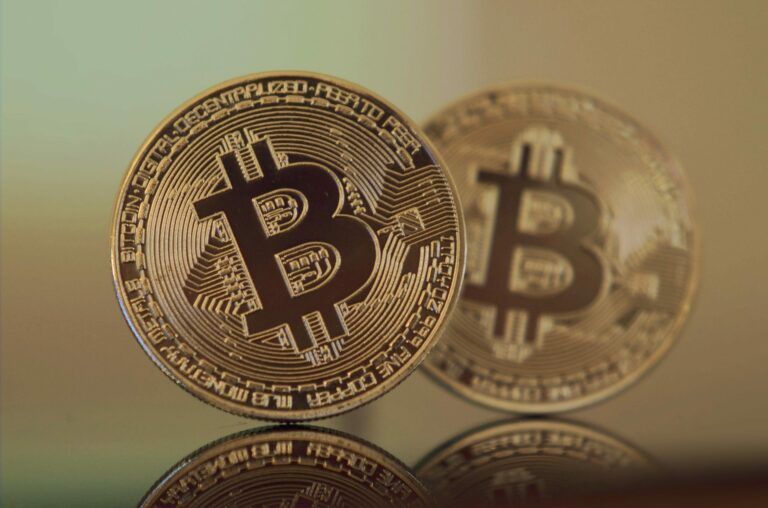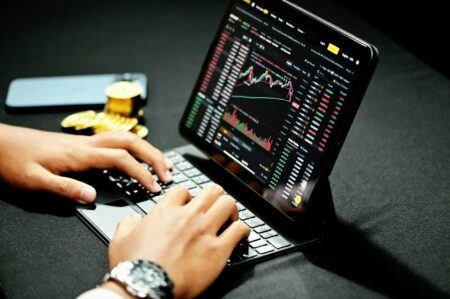The publicly-regulated German bank Bayern LB has published stock-to-flow analysis on bitcoin, concluding that the cryptocurrency exhibits substantial “hardness” in comparison to its physical counterpart gold.
Bitcoin’s Stock-to-Flow Ratio
According to a report published on Oct. 1, German state-owned bank Bayern LB is questioning whether bitcoin is outshining gold. The bank applied a stock-to-flow analysis to BTC in order to quantify the “hardness” of the asset.
Is Bitcoin outshining gold?@saifedean introduced the stock-to-flow approach to Bitcoin. It serves to quantify the “hardness” of an asset. We took the quantitative model of @100trillionUSD (using Bitcoin’s stock-to-flow ratios to explain its market value) for a spin ours elves.👇
— BayernLB (@BayernLB) October 1, 2019
The stock-to-flow ratio is the amount of a commodity held in inventory divided by the amount of the asset produced annually. Gold has historically exhibited the highest stock-to-flow ratio of all commodities, given the limited supply of new gold discovered annually.
In addition to gold, bitcoin also exhibits a high stock-to-flow ratio with the added benefit of a clearly defined new issuance. New BTC is created by miners in a pre-set interval, with the date of the next halving in block rewards capable of being calculated years in advance.
Bayern LB claims that the stock-to-flow approach works well when applied to bitcoin and serves as a proxy for quantifying the “hardness” the asset.
The report states,
The stock-to-flow approach originating in commodity-market analysis serves to quantify the “hardness” of an asset. Applied to Bitcoin, an unusually strong correlation emerges between the market value of this cryptocurrency and the ratio between existing stockpiles of Bitcoin (“stock”) and new supply (“flow”).
The report continues,
Nevertheless, the stock-to-flow approach is a good heuristic for understanding Bitcoin.It becomes clear that Bitcoin is designed as an ultra-hard type of money. Next year, it will already exhibit a similarly high degree of hardness as gold. In 2024 (when halving is set to take place again), Bitcoin’s degree of hardness will again increase massively.
Strong Market Value Correlation
Bayern LB calls it a “stroke of genius” that Satoshi decoupled the price of bitcoin from its supply issuance in the form of computing power. New BTC is minted based upon network mining difficulty, as opposed to rise or fall in valuation which is often the case for fiat currencies. Decoupling the supply ultimately serves to safeguard “the targeted bitcoin circulation irrespective of price fluctuations.”
Bayern LB also found a strong correlation between BTC’s market value and its stock-to-flow ratio.
According to the report,
Bitcoin’s market value increases in a linear fashion as the stock-toflow ratio rises. Or to put the point differently: the harder Bitcoin is, the greater the value attributed to it.
Popular bitcoin quantitative analyst PlanB took to Twitter to share some additional insights from the report.
Since the article does not mention the original source or author, here is the source where the stock to flow model is described, and the original charts. Make sure you also read the validation & cointegration studies, and the github with data and models. https://t.co/n5P5uMCKHT pic.twitter.com/6nveHPbWRZ
— Plan₿ (@100trillionUSD) October 1, 2019
While Bayern LB concluded that, from a purely econometric point of view, their model is “very solid,” the bank cautioned against making strict forecasts due to the uncertainty generated in bitcoin’s next halving in May 2020.
Featured Image Credit: Photo via Pixabay.com









